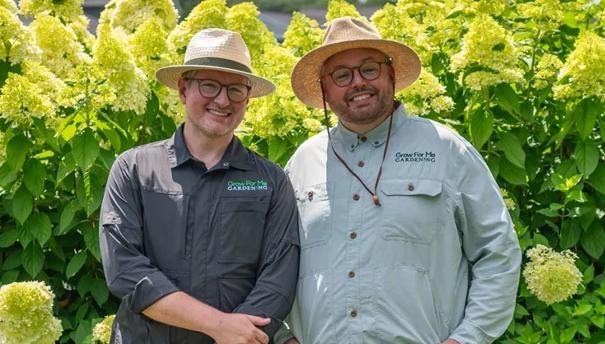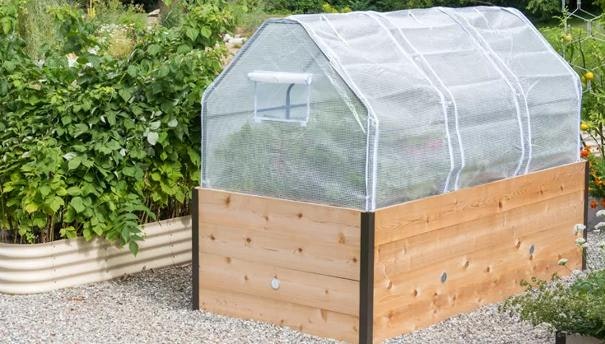Let’s talk about the majestic Staghorn Ferns, botanical name Platycerium. These unique epiphytic plants, part of the Polypodiaceae family, are native to tropical and subtropical regions of the world. Their name derives from the large, bifurcated fronds that resemble the antlers of a stag. These ferns are a striking addition to any plant collection and come in various species, such as Platycerium bifurcatum (the most common type) and Platycerium superbum, each with distinct frond shapes and growth habits.
Choosing Your Staghorn Fern
For beginners, Platycerium bifurcatum is a great choice due to its adaptability and relative ease of care. Those looking for a more dramatic look might prefer Platycerium superbum, known for its large, shield-like fronds.
How to Care for Staghorn Ferns
Light
Staghorn Ferns thrive in bright, indirect light. Direct sunlight can scorch their fronds. A spot near an east or north-facing window is ideal. If you’re growing them outdoors, ensure they are in a shaded or partially shaded area.
Soil
As epiphytes, Staghorn Ferns don’t grow in traditional soil. They’re best mounted on a wooden board or grown in a wire basket with sphagnum moss or coconut coir.
Fertilizer
Use a diluted, balanced liquid fertilizer once a month during the growing season. In the dormant winter months, reduce or stop fertilizing.
Watering
Water your Staghorn Fern by soaking the mounting material (moss or coir) thoroughly. Allow it to dry slightly between waterings. They enjoy humidity, so misting can be beneficial, especially in drier environments.
Pruning
Pruning isn’t necessary, but you can remove dead or damaged fronds to maintain aesthetics. Always use clean, sharp scissors or pruning shears.
Repotting
Repotting typically involves remounting the fern onto a larger board or into a bigger basket if it outgrows its current mount.
Propagation
Propagation is usually done by dividing the offsets (pups) from the parent plant. Carefully detach the pup and mount it on its own board or in a separate basket.
Common Problems with Staghorn Ferns
Pests and Diseases
Be watchful for scale insects and mealybugs. Treat any infestations promptly with insecticidal soap or neem oil. Overwatering can lead to root rot, so ensure your watering schedule is appropriate.
Toxicity
Staghorn Ferns are non-toxic, making them safe for homes with pets and children.
Staghorn Fern FAQs
How do I mount a Staghorn Fern?
To mount a Staghorn Fern, attach the fern’s base to a wooden board or in a wire basket lined with sphagnum moss. Use fishing line, wire, or nylon thread to secure it.
Can Staghorn Ferns grow indoors?
Absolutely! With adequate light, humidity, and proper care, Staghorn Ferns can thrive indoors. They make excellent decorative pieces on walls or in hanging baskets.
Why are the tips of my Staghorn Fern turning brown?
Browning tips can be a sign of under-watering, low humidity, or nutrient deficiency. Adjust your watering routine and ensure the fern is getting enough humidity and nutrients.
Caring for Staghorn Ferns is an enjoyable and rewarding experience. Their unique appearance and growth habits make them a stunning focal point in any plant collection.




